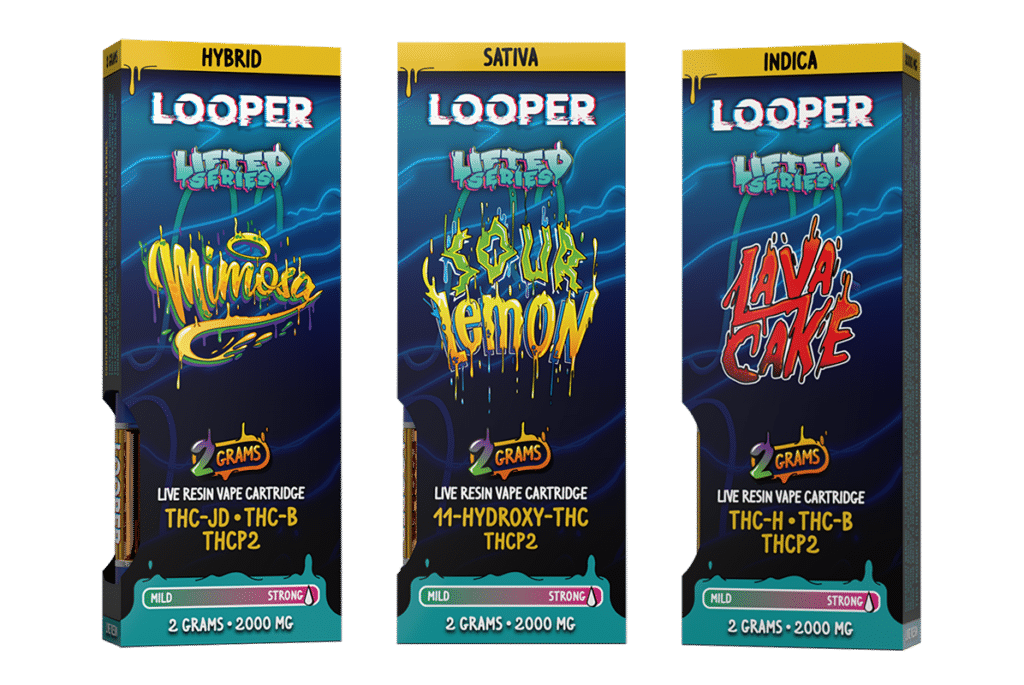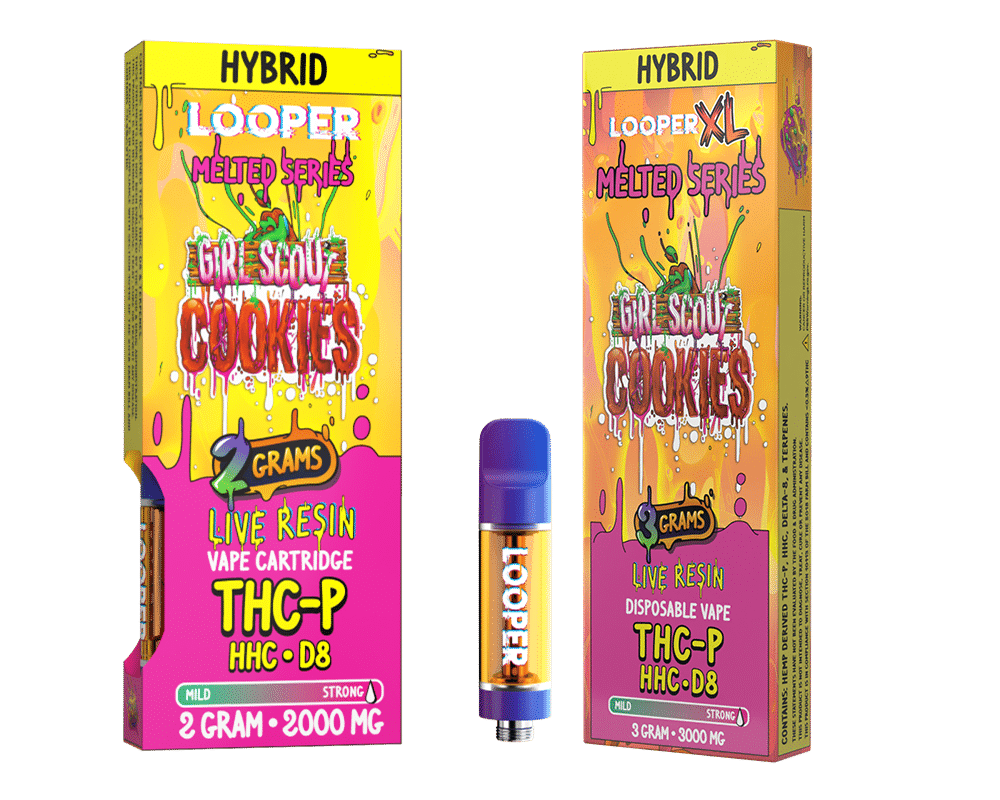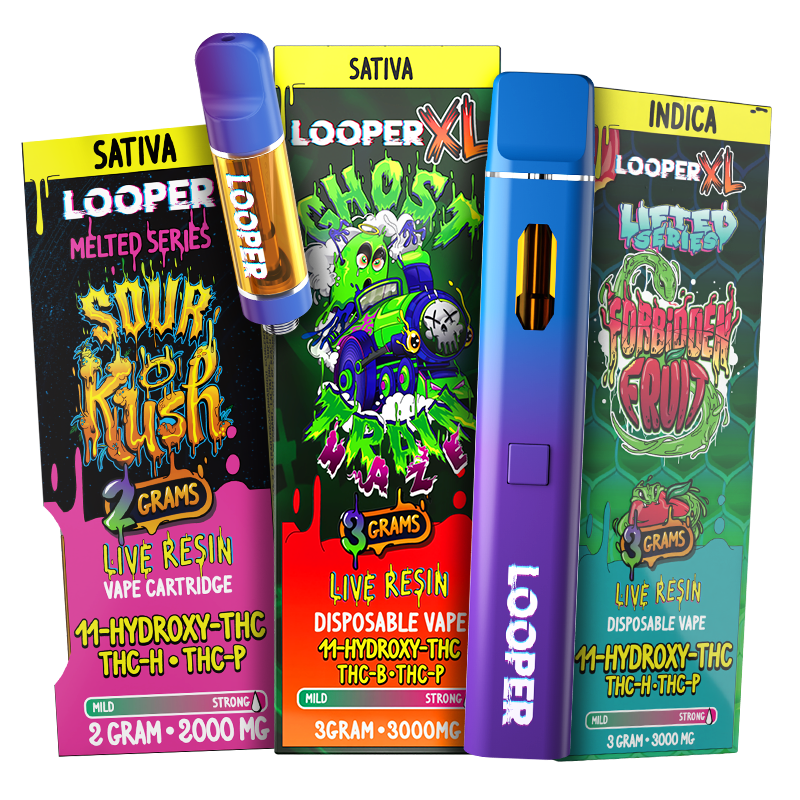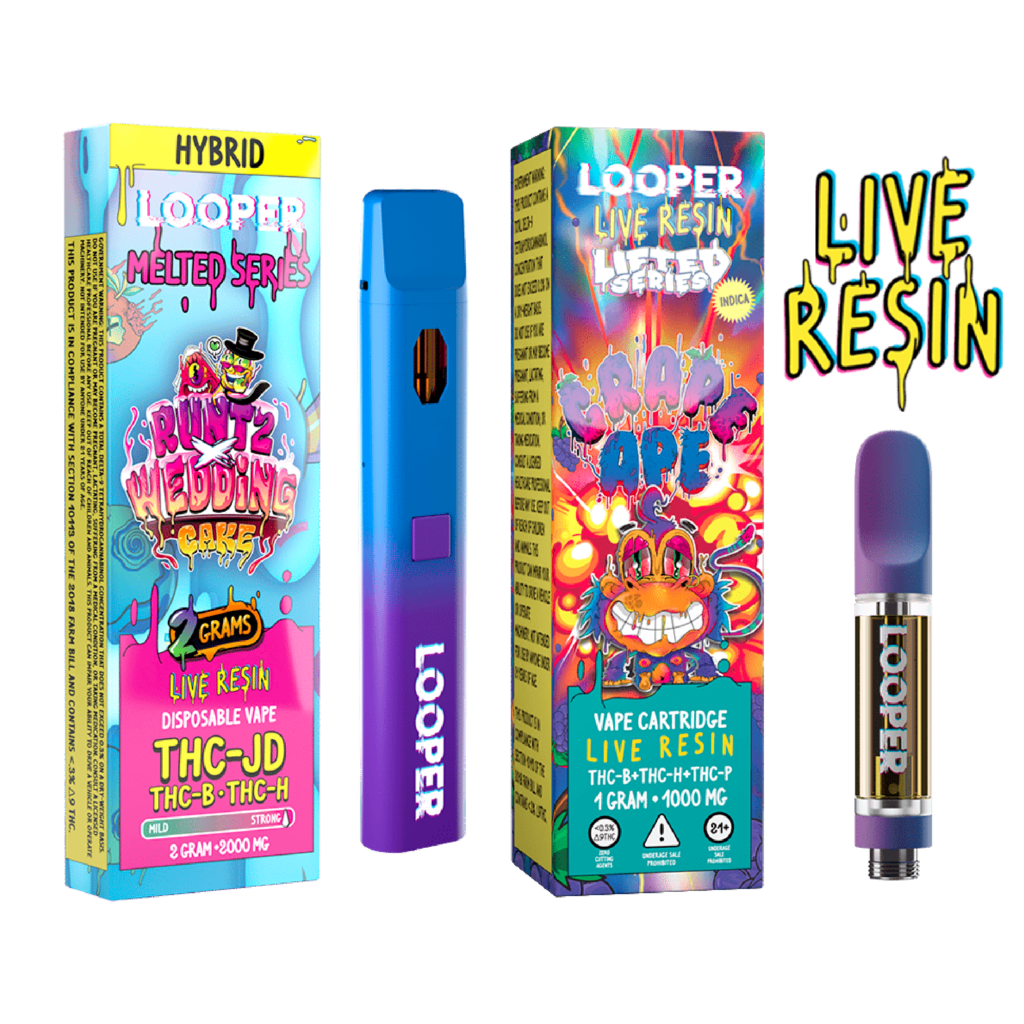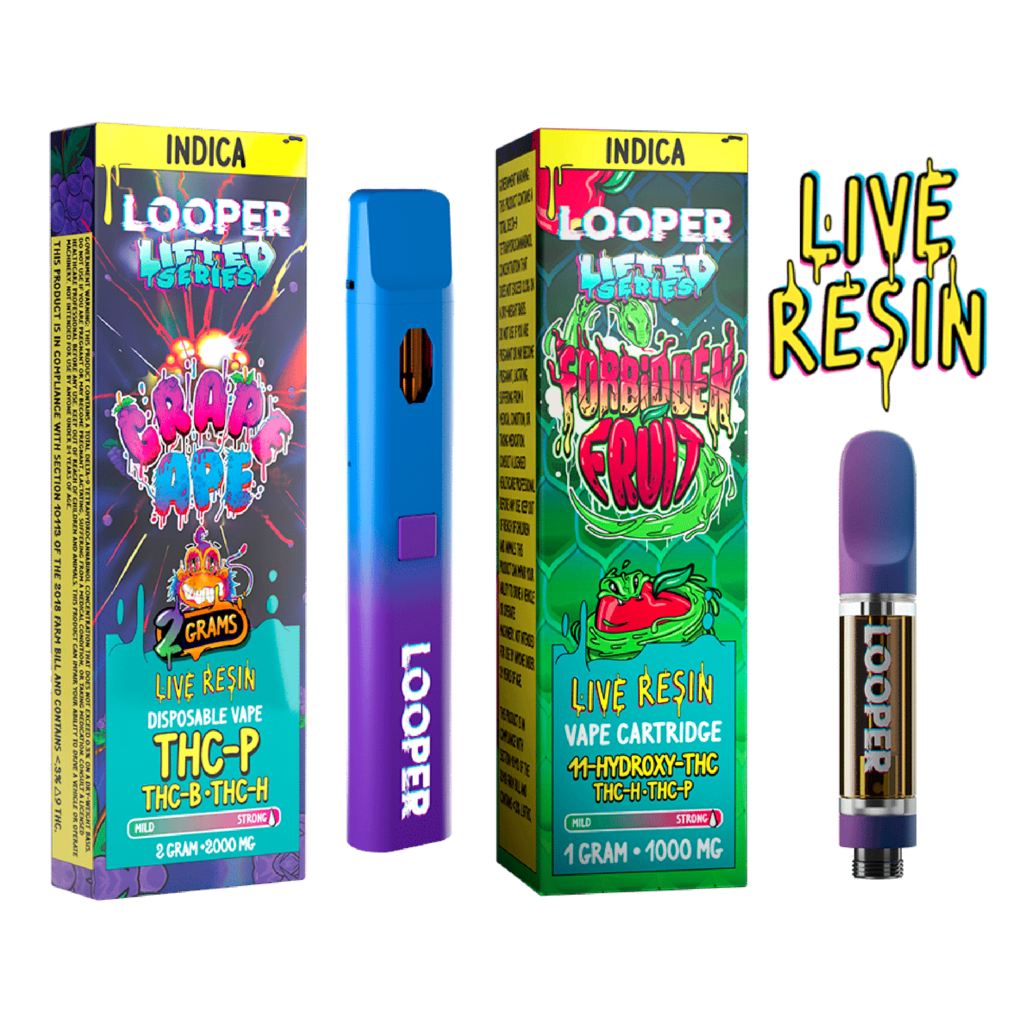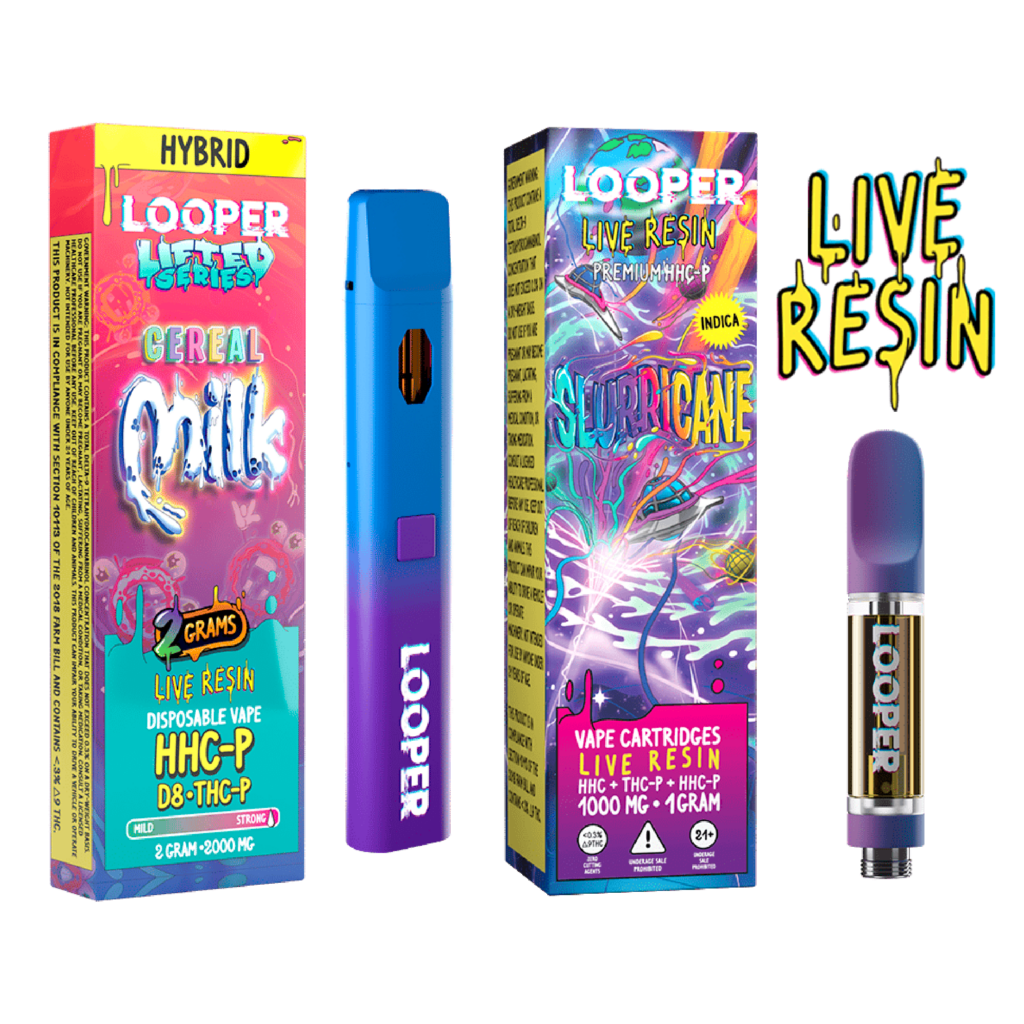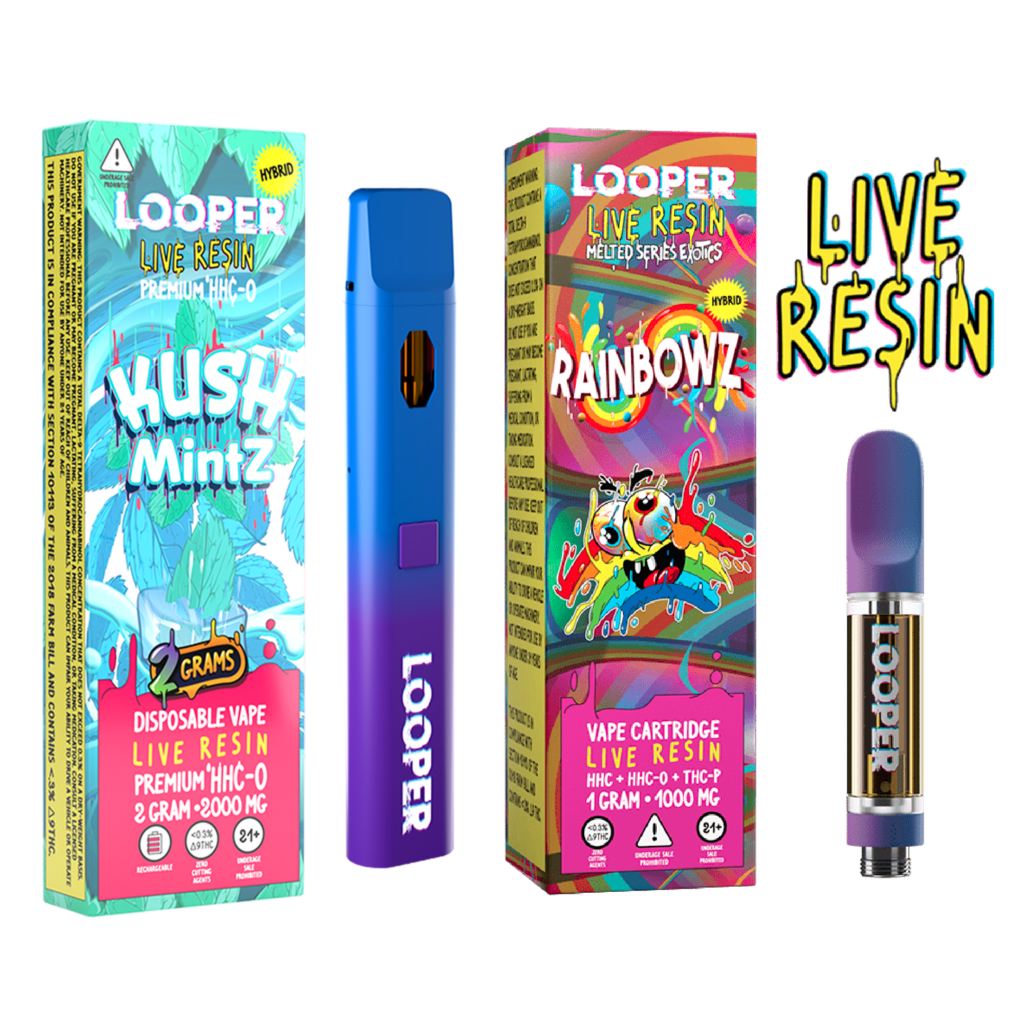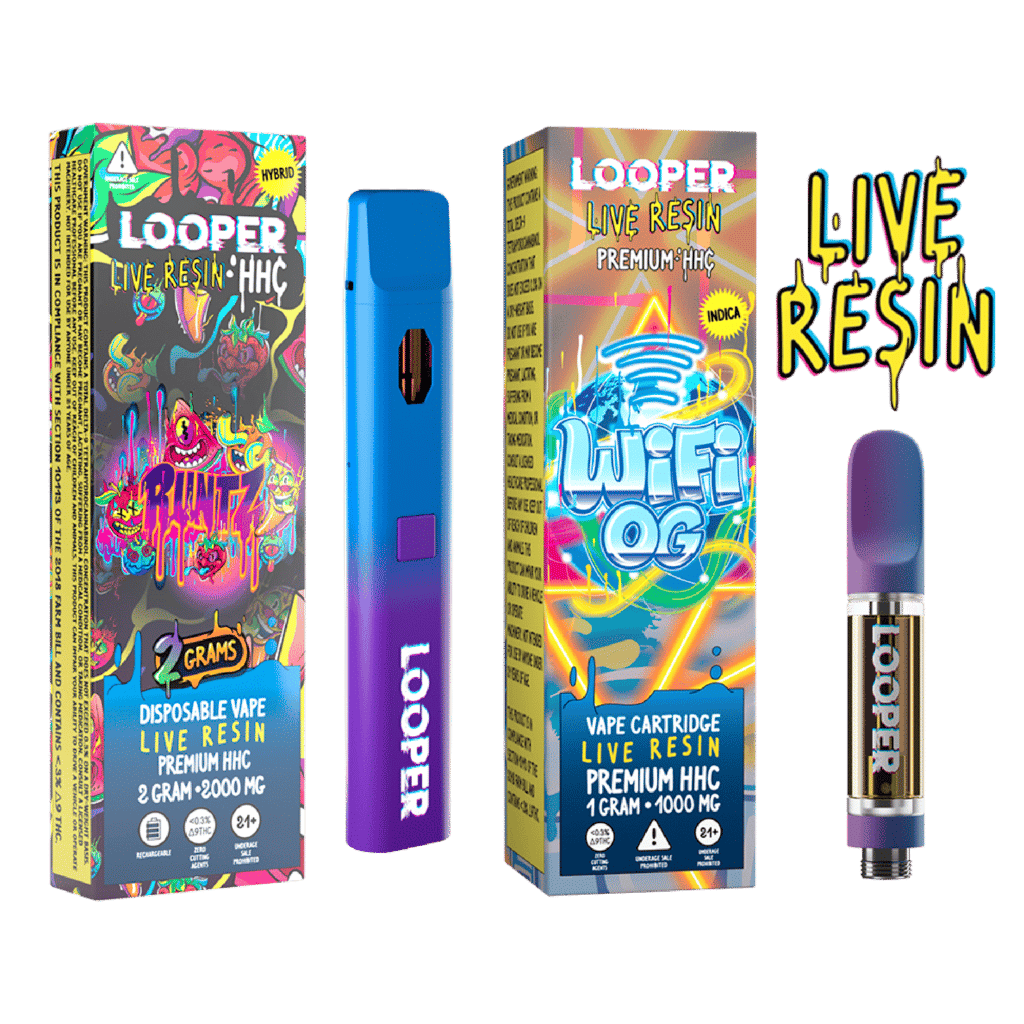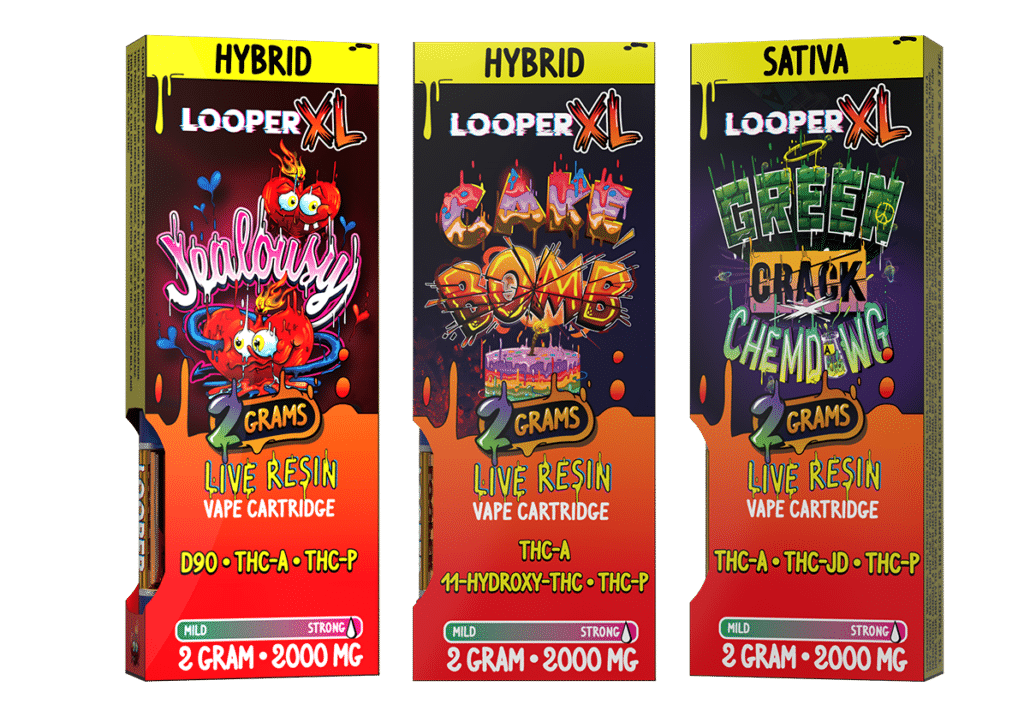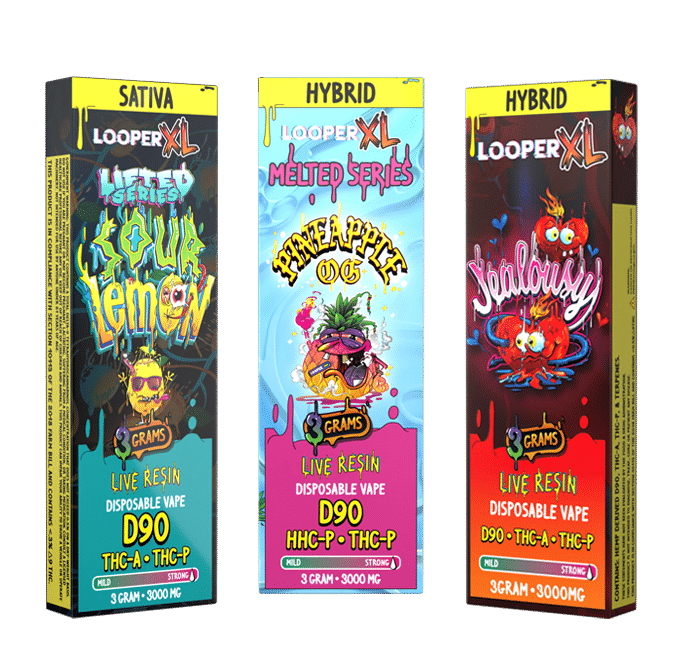Cannabinoids
travel deep into our dimension so we can deliver the best alternative cannabinoid products that are meticulously crafted for all those who seek to explore greater heights. Where innovation meets curiosuty, our zero gravity environment gives you the ultimate lifting effects.
What is THCP2
THCP, or tetrahydrocannabiphorol, is a rare and highly potent cannabinoid found in cannabis. It’s thought to be up to 30 times more potent than THC, which means even small doses can have significant effects. When consumed in a cartridge, THCP2 could offer intense euphoria, deep relaxation, and heightened sensory perception, similar to THC, but at a much stronger level. Because of its potency, it’s critical to approach with caution, especially in marketing it to customers who might seek powerful effects but want to avoid being overwhelmed.
Common Effects of THCP2
- Reduces muscle tension
- Lowers stress and anxiety
- Heavy sedation
What is D8
Delta-8 THC (D8) is a naturally occurring cannabinoid found in the cannabis plant, known for providing a milder, more relaxed high compared to Delta-9 THC, the main psychoactive compound in cannabis. Often described as a middle ground between CBD and Delta-9 THC, Delta-8 offers users a calming, clear-headed experience without the intense euphoria or anxiety that some may experience with stronger THC compounds. It’s popular for promoting relaxation, enhancing mood, and supporting pain relief while keeping cognitive function relatively intact, making it a favorite for those who seek a smoother, less intense high.
Common Effects of D8
- Euphoria – A subtle, uplifting feeling of happiness.
- Relaxation – Both mental and physical calmness.
- Clear-headed high – Unlike Delta-9, D8 often allows users to stay focused and alert.
- Reduced anxiety – Less chance of paranoia compared to traditional THC.
- Improved sleep – It can aid in better sleep for some users.
- Increased appetite – Similar to Delta-9, D8 can stimulate hunger.
- Pain relief – Helps alleviate discomfort or soreness.
What is 11-hydroxy-THC
When we consume Delta-9 THC, it metabolizes into 11-hydroxy-THC in our bodies, pushing the psychoactive effect to the next level. It is considered to be about three times more potent than Delta-9. 11-hydroxy-THC is only available in your body, and it is the metabolite of THC that your body produces after consumption. If you want to feel the effects of 11-hydroxy-THC as intensely as possible, eat edibles instead of smoking because edibles go through your digestive system and are metabolized more intensely.
Common Effects of 11-hydroxy-THC
- Long-lasting high
- Battles chronic pain
- Reduces insomnia
What is THC-JD
THC-JD has eight carbon chains compared to THC’s five. As we have seen in other cases where this occurred, the extra bond strengthens its effect on CB1 receptors. Although research is extremely limited, it’s believed that THC-JD is up to 19 times stronger than Delta-9 THC and possibly 25 times more potent than D8. It’s very strong, and users should start with a smaller amount until they are comfortable with its effects.
Common Effects of THC-JD
- Euphoric high
- Strong cerebral effects
- Full body relaxation
What is THC-B
The effects of THC-B are quite similar to Delta-9 THC. But, THC-B particularly targets issues of pain and insomnia in users. THC-JD is also much like Delta-9, but with more intensity. It’s said to provide more of an indica-like effect than a sativa-like effect. You can expect sedation over an energy burst. THC-B functions similarly to standard THC, but current research suggests that it might be somewhat stronger in its binding ability to the endocannabinoid system.
Common Effects of THC-B
- Sedation
- Pain relief
- Relaxation
What is THC-H
THC-H has one particular characteristic in its chemical makeup that sets it apart from standard THC. THC-H has what is called an “n-hexyl chain” on its side. This chain results from hydrogen and carbon combining to create hexane, usually due to the loss of hydrogen atoms. There is not much research on how THC-H binds to the endocannabinoid system in humans, but in mice, it was found to react with their brains in such a way that it blocked pain transmitters. THC-H is also quite similar to Delta-9 THC; it boosts your mood and aids relaxation.
Common Effects of THC-H
- Reduced pain response
- Deep relaxation
- Elevates happy, joyful mood
What is THC-P
THC-P is a phytocannabinoid, and its defining element is the carbon tail in its chemical compound. It has a tail of seven carbons, putting it above a standard Delta-9 THC compound by two. Because of its carbon tail, THC-P can also bind to the endocannabinoid system more strongly than standard THC and even more strongly than THC-O. THC-P is also more potent than Delta-9 THC, but only slightly.
Common Effects of THC-P
- Euphoria
- Mild sedation
- Reduced stress
What is HHC-P
HHC-P is made by altering HHC, which changes how it reacts with the endocannabinoid receptors. The result is that HHC-P offers a more psychoactive high than HHC and is believed to be as much as 10 times more potent. In moderate doses, HHC-P mimics the effects of the Delta-9 THC, and in larger doses will offer a very robust stoning effect with physical and mental effects.
Common Effects of HHC-P
- Alleviates pain
- Battles insomnia
- Deep euphoria
What is HHC-O
HHC-O is made from HHC, with an added acetate representing the “O” at the end of the acronym. Typically, when acetate is added to a cannabinoid molecule, it increases its potency. That’s the case with HHC-O, and although it’s still fairly mild compared to some cannabinoids, it’s stronger than HHC.
Common Effects of HHC-O
- Euphoria
- Physical relaxation
- Reduced anxiety



What is HHC
HHC doesn’t sound like a cannabinoid, and it isn’t a member of the THC family. Yet, it’s hemp-derived and binds to receptors in the endocannabinoid system to produce a mild high. It’s not quite as strong as Delta-8, but it will still get you high. HHC is a lovely addition to any vape pen, pre-roll, or edible to add soothing, lightly stoney effects.
Common Effects of HHC
What is THC-A
THC-A, or tetrahydrocannabinolic acid, is a non-psychoactive cannabinoid found in raw cannabis plants. Unlike THC, which produces the typical “high,” THC-A must be heated through processes like smoking or cooking to convert into THC, a process known as decarboxylation. In its raw form, THC-A has been associated with potential therapeutic benefits such as anti-inflammatory, neuroprotective, and anti-nausea properties without the intoxicating effects of THC. Many consumers seek out THC-A for its potential wellness applications, especially in juicing or raw cannabis consumption.
Common Effects of THC-A
- Euphoria – A sense of happiness and well-being.
- Relaxation – Both mental and physical relaxation.
- Increased creativity – Some users feel more inspired or imaginative.
- Heightened sensory perception – Enhanced sights, sounds, or tastes.
- Altered time perception – Time may feel slower or distorted.
- Dry mouth and eyes – A common side effect from THC consumption.
- Increased appetite – Also known as the “munchies.”
- Drowsiness – Depending on the strain, it may lead to sleepiness.
What is D90?
D90 is an exciting, emerging cannabinoid making its mark in the cannabis and hemp industry. Although it’s still relatively new and being studied, D90 is gaining attention for its potential unique effects when combined with other cannabinoids like THCA, THCP, and HHCP. Many users are drawn to D90 for its potential benefits, which can vary based on the specific formulation and the combination of cannabinoids in a product.
At Looperverse, we feature D90 in several of our premium products, including cartridges and disposables. These products are carefully crafted to offer unique experiences through the entourage effect, where multiple cannabinoids work together to enhance their overall impact.
For a deeper dive into D90, including its effects and benefits, check out our blog post on What is D90. You can also explore our range of D90 products here.


